If you use the tourist atlas in search of a forgotten hinterland to appreciate the romanticism of the withering of abandoned settlements, then you will immediately be directed to a couple of places known to everyone. To which paved roads lead, because this is still a tourist place, and secondly abandoned.
However, let me remind that many roads here can really lead you to ghostly places. These are barely noticeable primers, losing among the hills. I went to one of these last summer to see a really God-forsaken place.

Overcoming another hill on my exhausted SUV, which was barely able to overcome 30 kilometers of dirt road for military vehicles, I suddenly realize that I have reached my destination. In front of me is a small bay stretching into the sea, on the shore of which there is a scattering of houses from different eras, so out of place in this desert land.
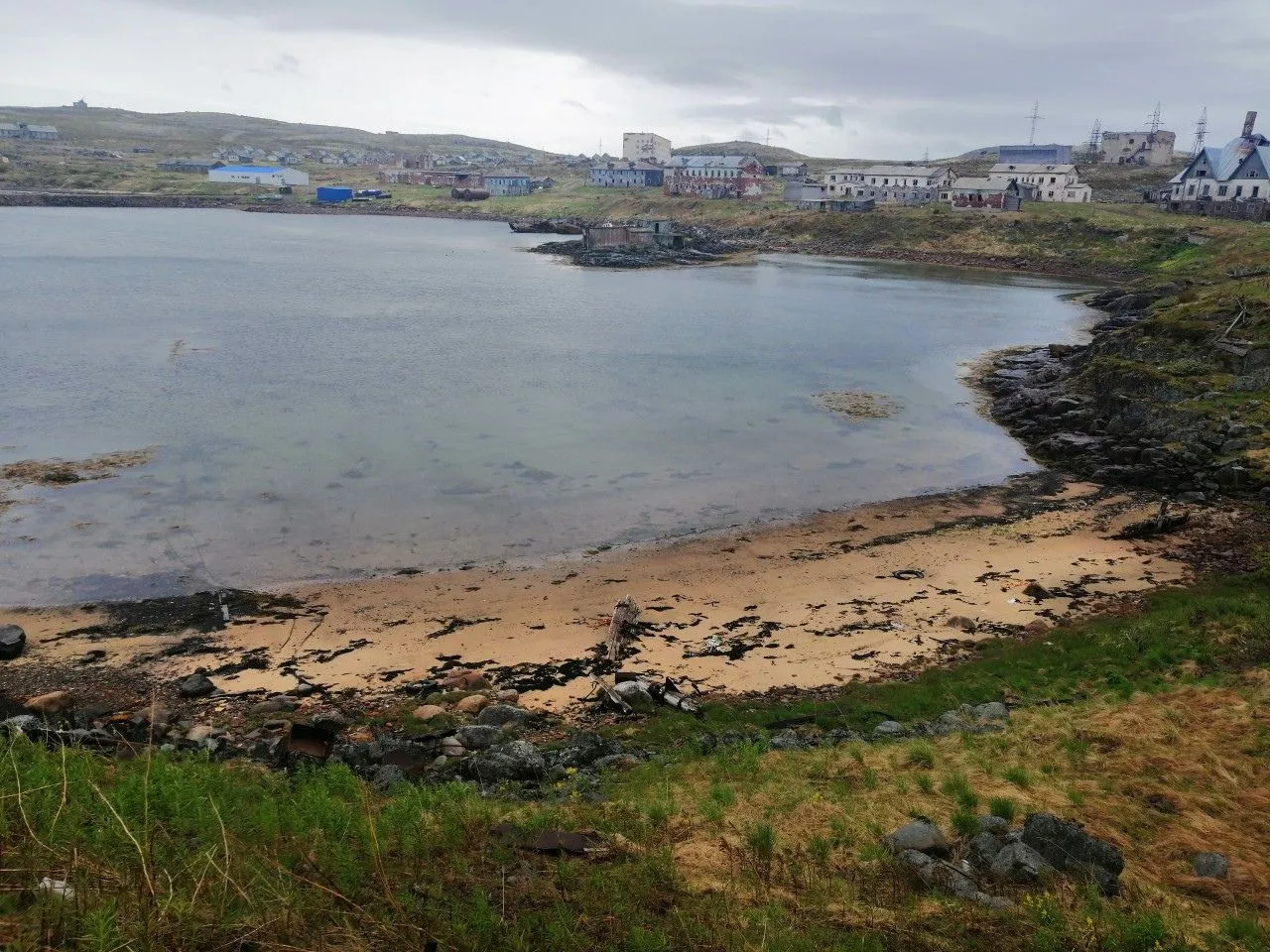
The first mention of this place dates back to the 17th century - a small fishing village, a seasonal gathering place for pomors. But the real development of the coast, in order to leave people to live here on a permanent basis, began in the 1930s. And the first "indigenous" residents and part-time builders were repressed prisoners in the number of 500 people.
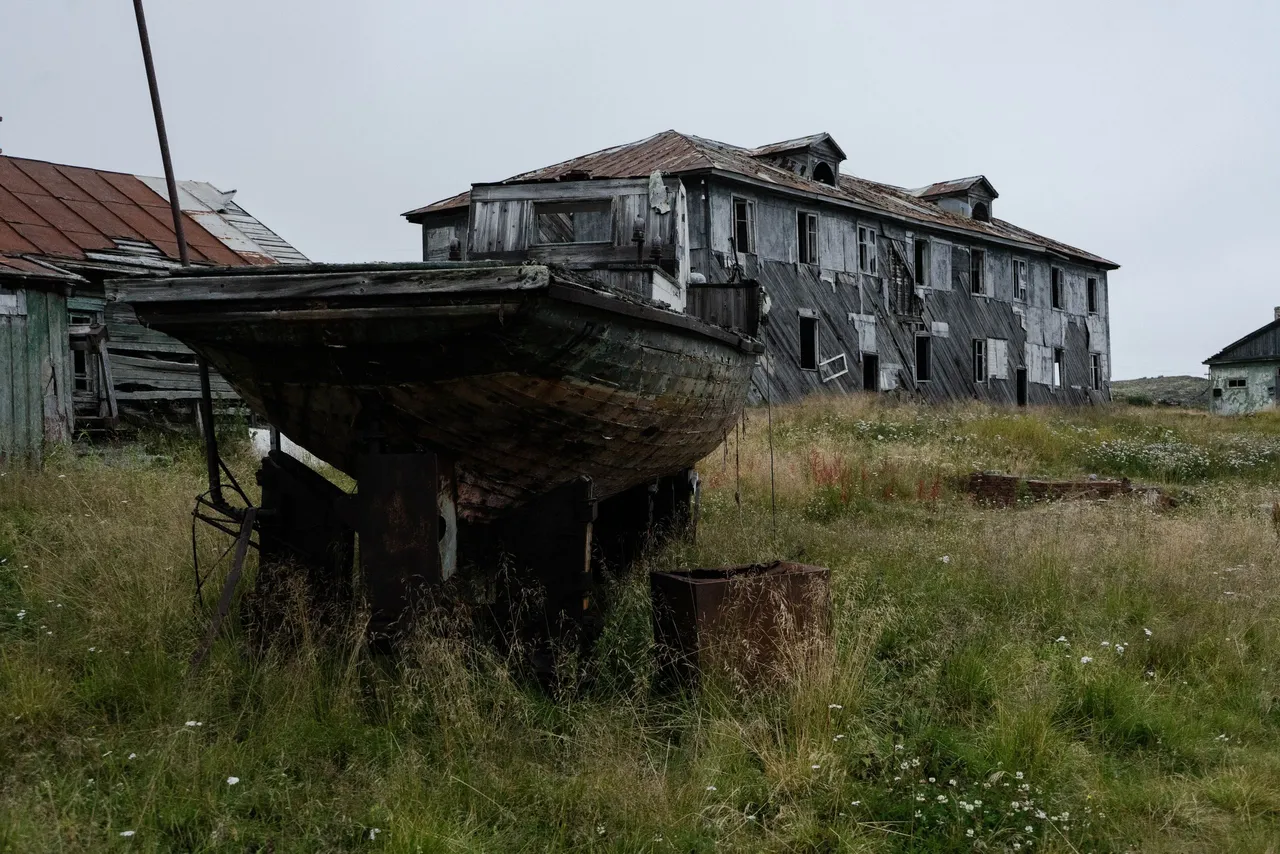

What strikes more than the fact of the presence of a settlement here is the unusual architecture of some houses, this is not the style of the Soviet Union.
The secret is that 150 years ago, an enterprising Norwegian came here with 50 strong sailors for industrial fishing. Spending more than one year in a foreign land in a harsh climate, they nevertheless decided to live in comfort and coziness and built such wonderful houses, the frames of which were used in the future by Soviet political prisoners.
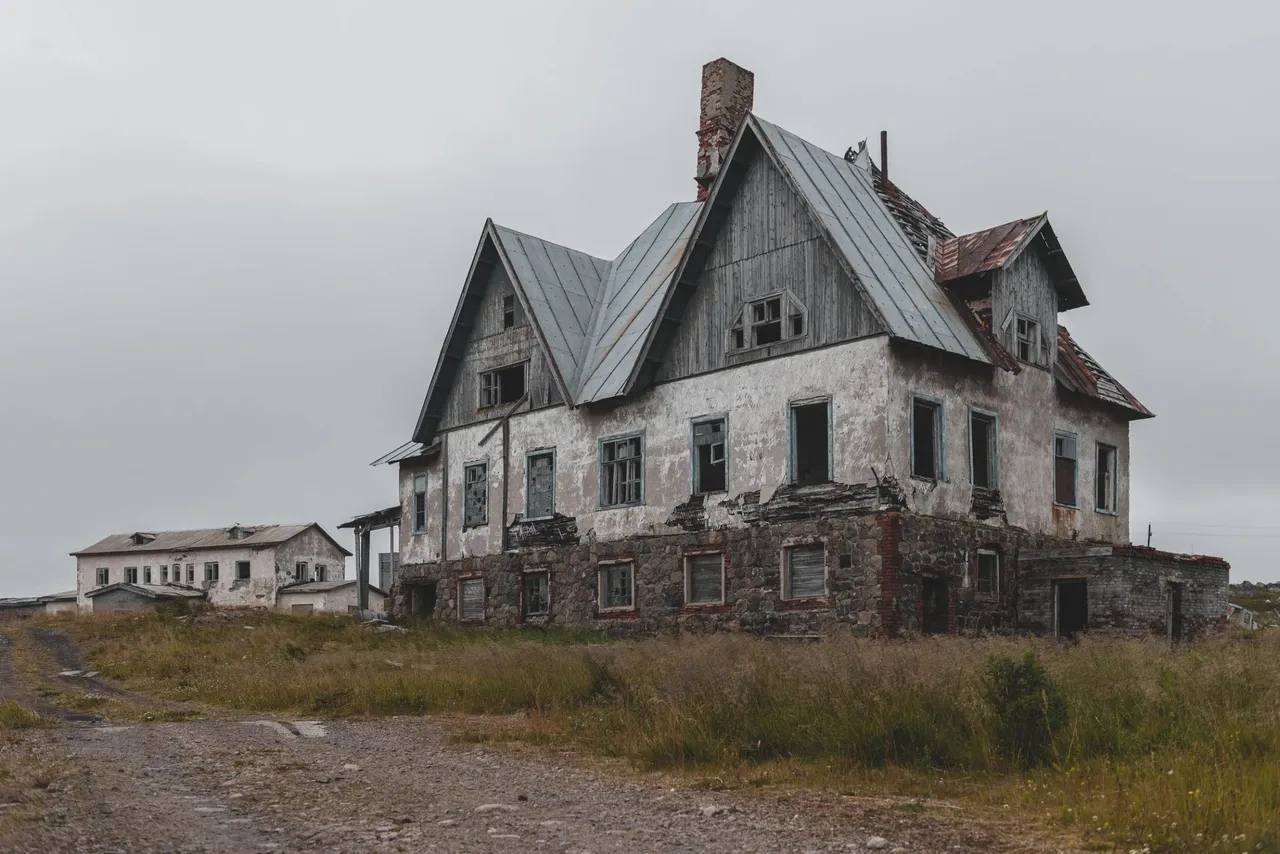
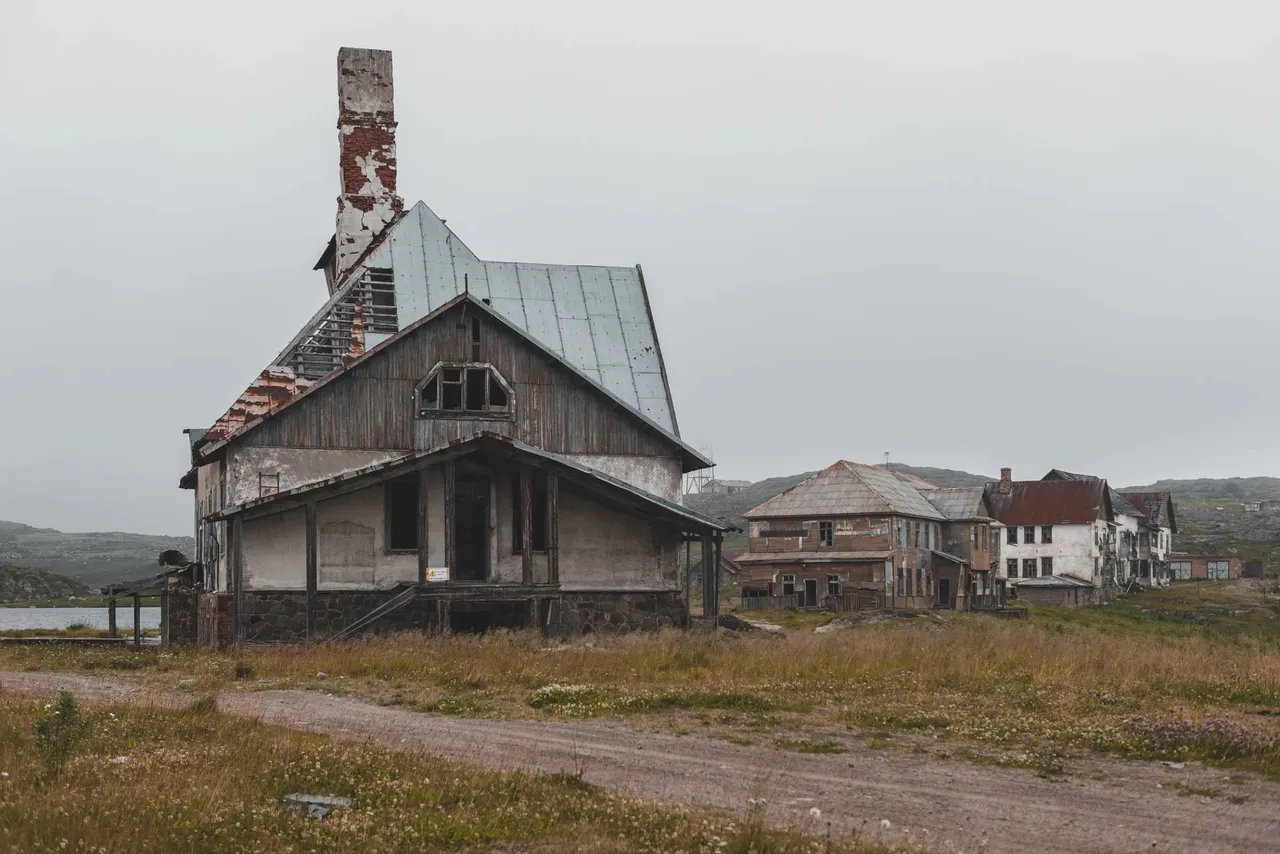
Almost all the houses that you will see here are uninhabited and looted (by the locals), and it is simply dangerous to enter them. Once the population of this village numbered almost 700 people. Today, only 54 people live here, in two buildings. The first is the diving center (you can see it in the photo below, behind the boat).
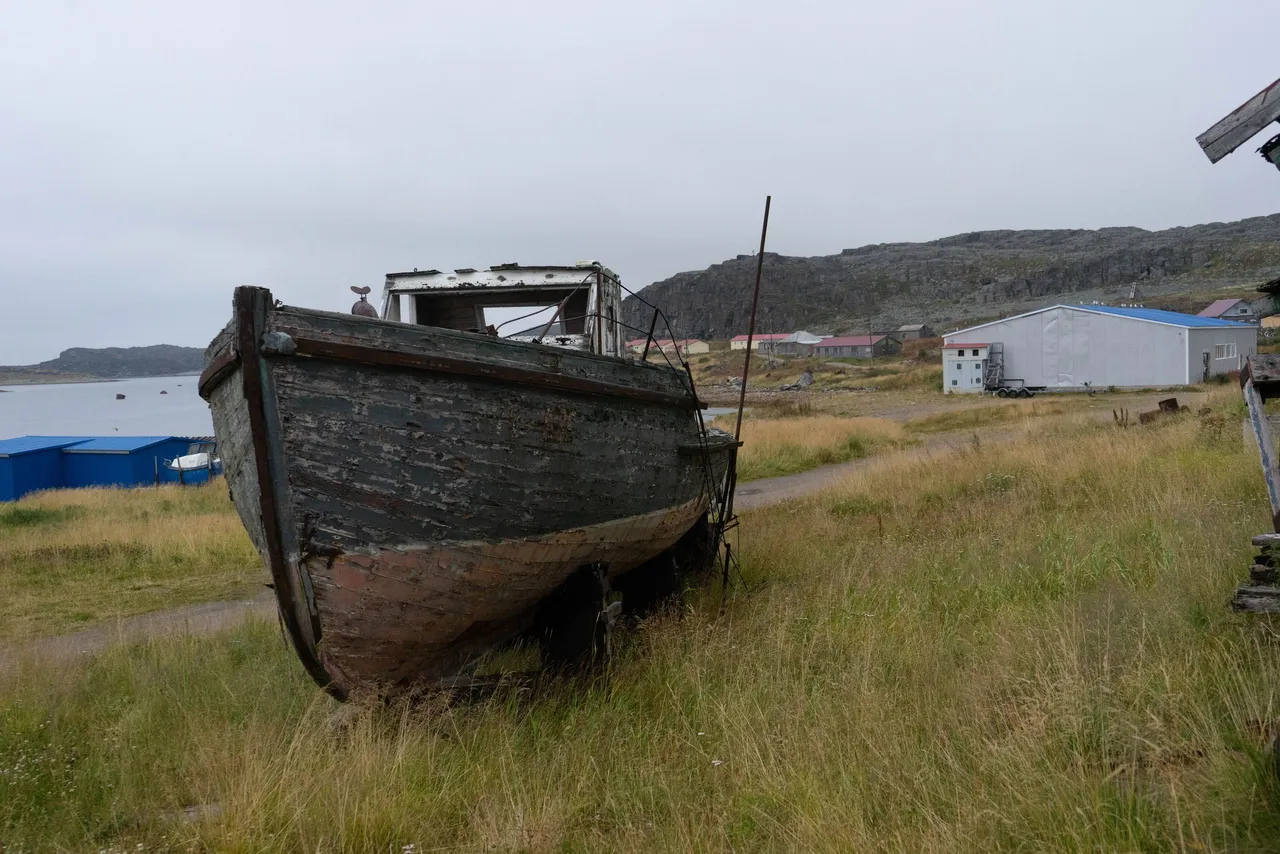
And the second is the only multi-storey apartment building in the area, in which only a few families of fishermen and farmers remain. I didn't manage to see any of them, although I honestly admit that I didn't look for a meeting.
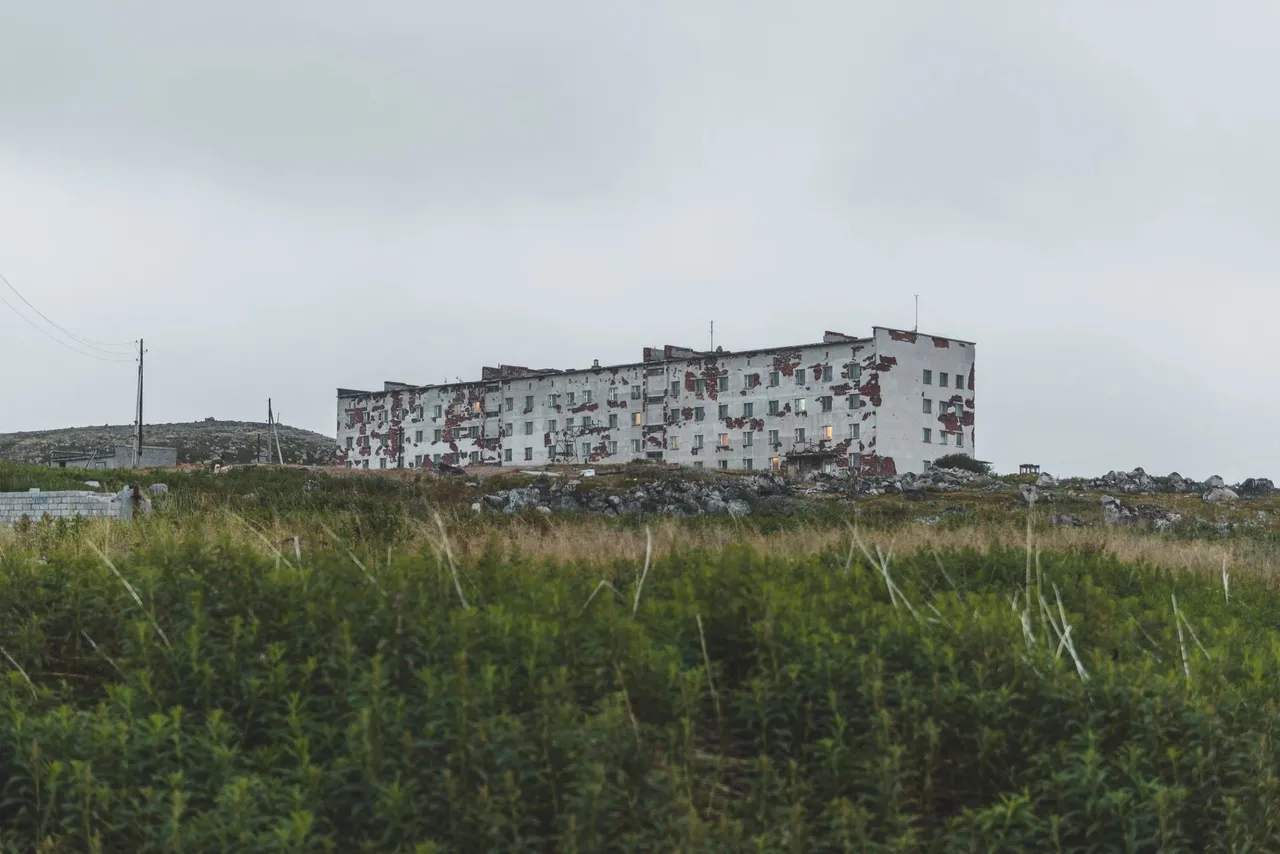
So, first the Pomors, then the Norwegians, then the political prisoners, who was the next and last? - Scientists.
Yes, in 1935, many prisoners were sent to other terrible places to work, and the houses they built gradually began to be inhabited by people of science. After all, it was here that the Arctic Biological Institute was opened. And this is the main local attraction.
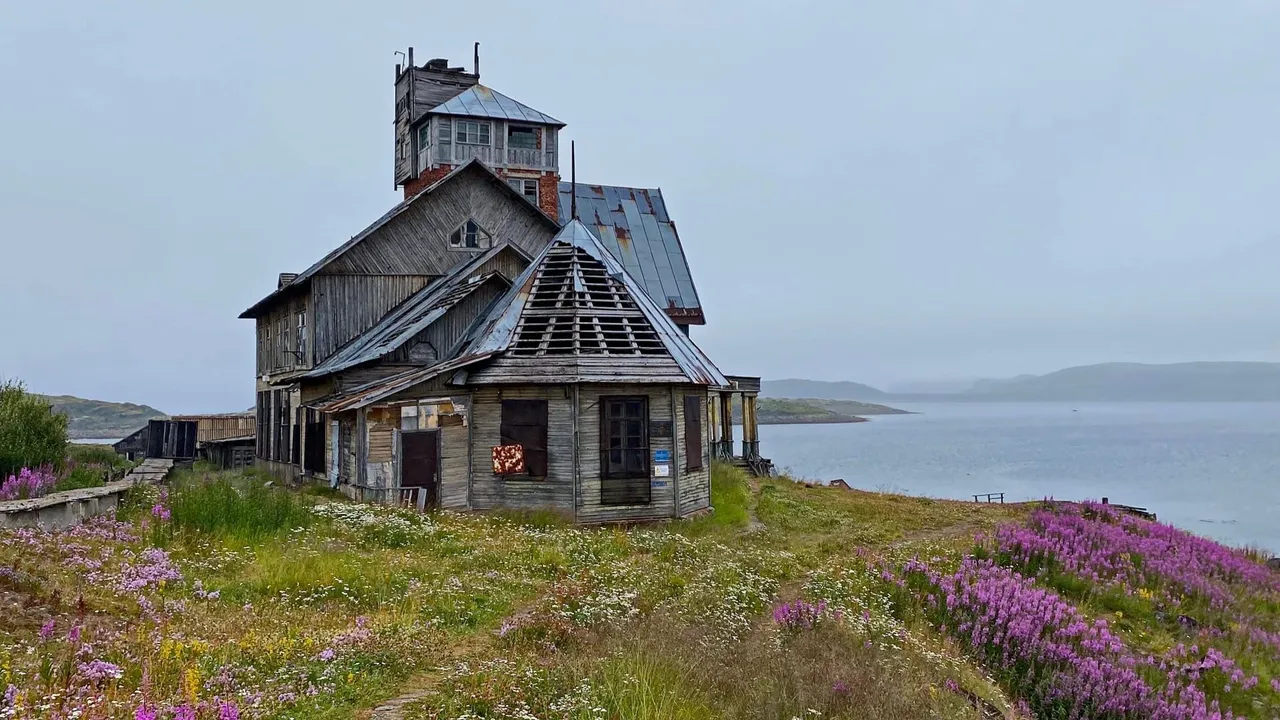
If you thought that's it looks like The Weasleys' home, known as the Burrow... Well, I thought the same when I saw the building of the Biological Institute. I never thought that such an architecture could exist. It's a pity that it's in such a sad state, I can't even imagine how great it looked 100 years ago.
In 1935, these walls became the working space for the leading biologists of the Soviet Union. They came here with a specific goal - to make the far north more "useful", rich in biological resources.
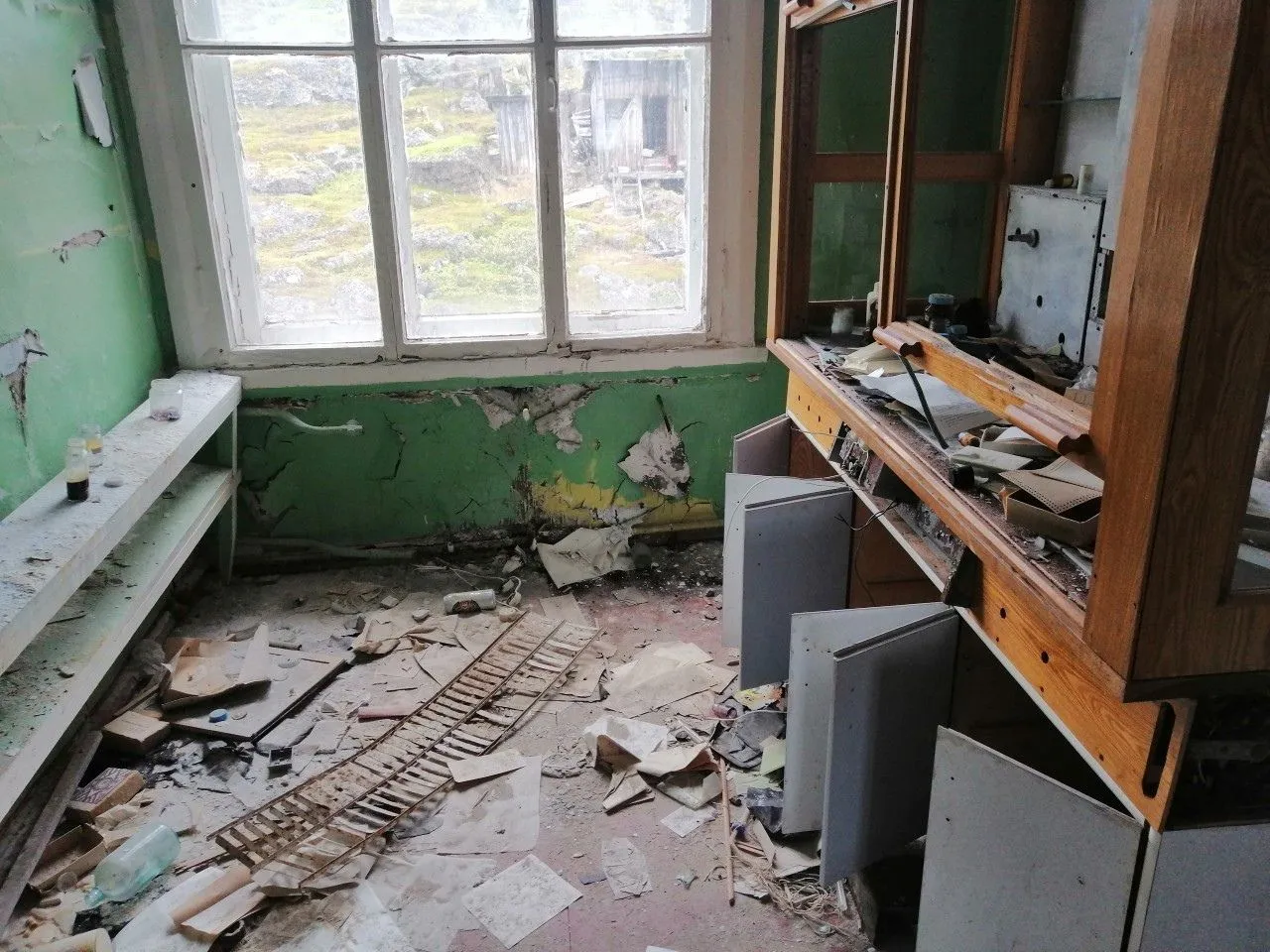
For example, to adapt the Kamchatka crab to living in the Barents Sea. Success has been achieved, I can say that after 80 years, these delicious crabs literally filled the local waters, and begin to adversely affect the local ecosystem. Now we have more crabs than in Kamchatka itself, seriously. As always, there were no worthy predators capable of reducing the population.
Anyway, like many things in these parts, with the collapse of the Soviet Union, the institute was mothballed, and in fact abandoned. More than 25 years have passed.
The building is ready to collapse at any moment, it is rotten through and through. I ventured around only the first floor, and was surprised by the abundance of preserved inventory.
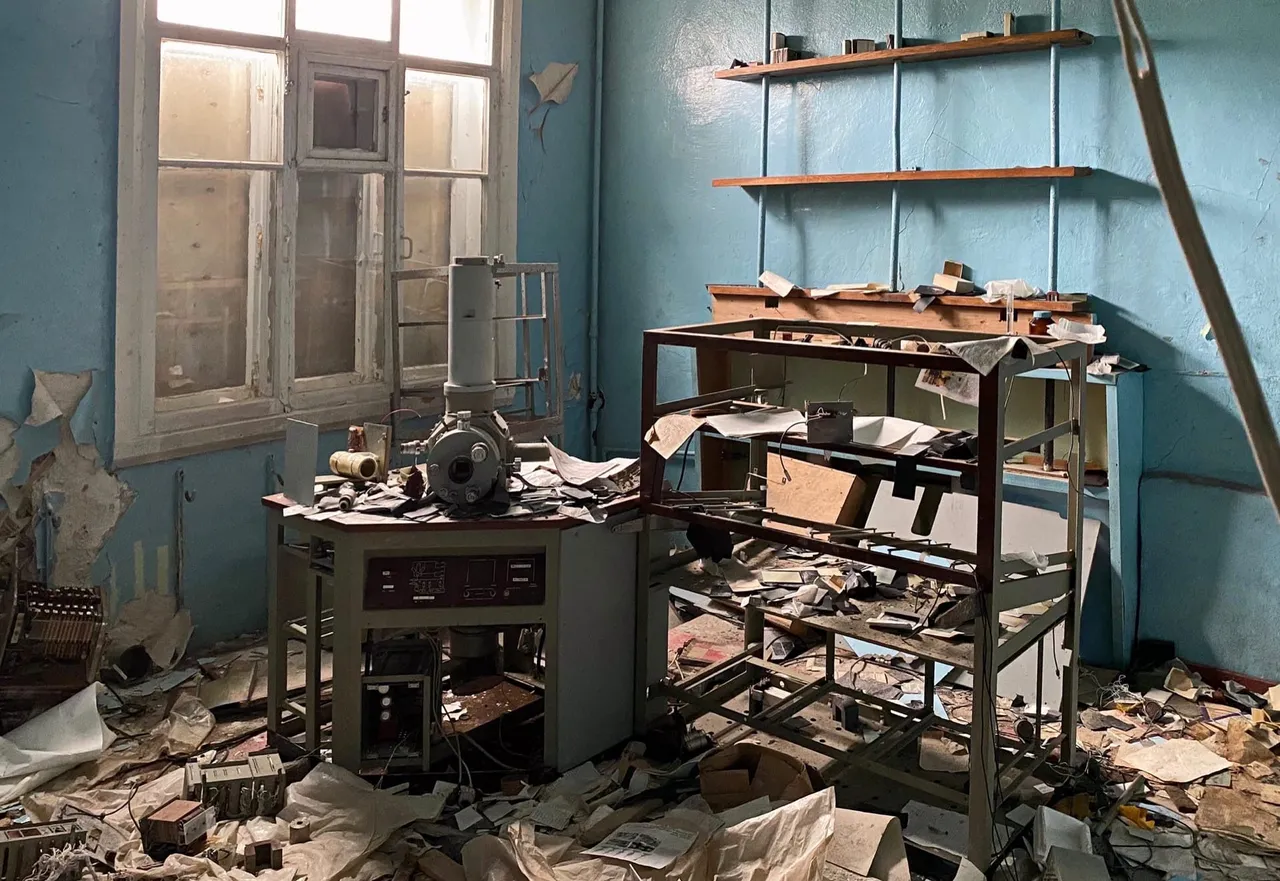
The device is absolutely incomprehensible for its purpose, I didn't even find the markings. It looks like a hydro-camera.
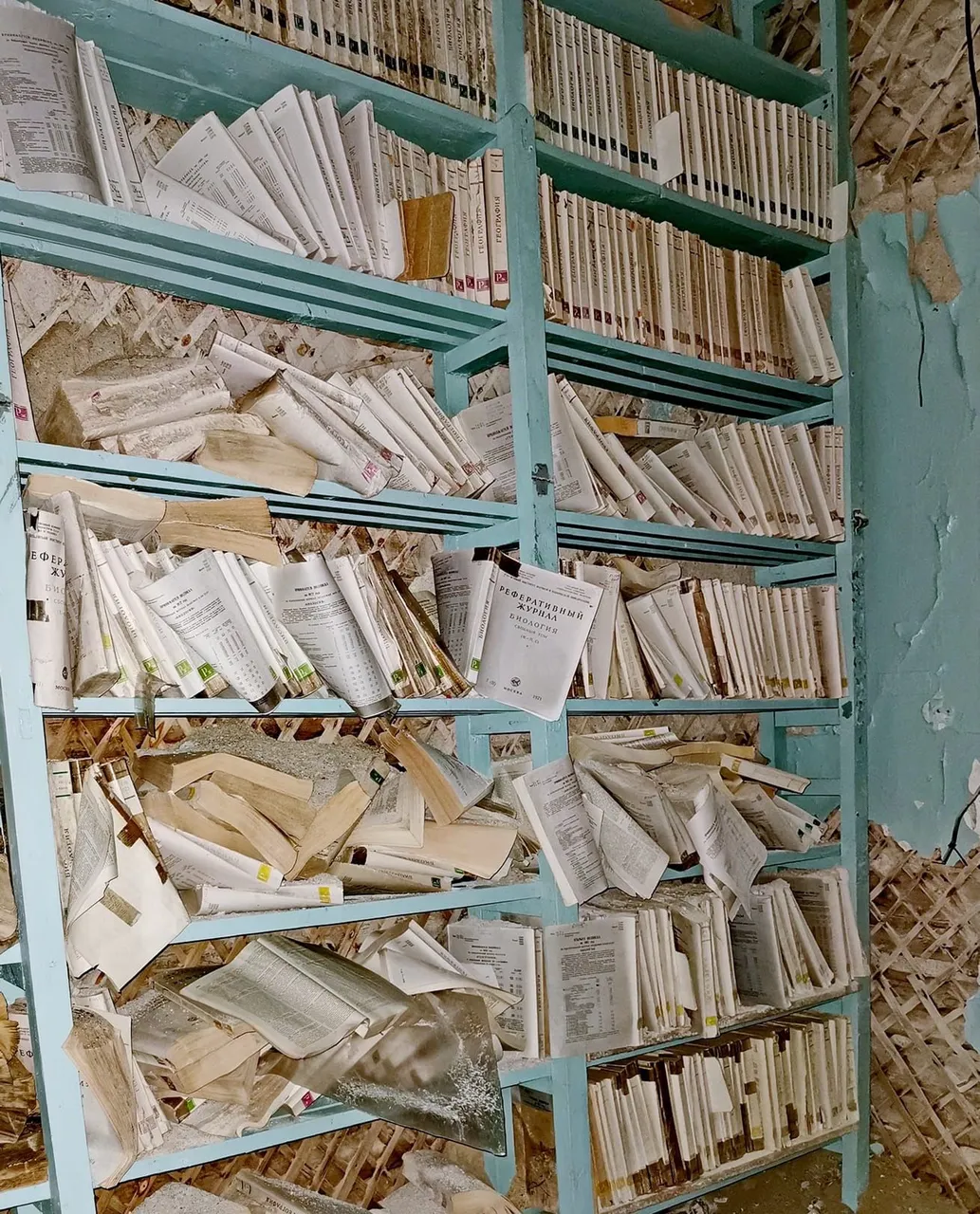
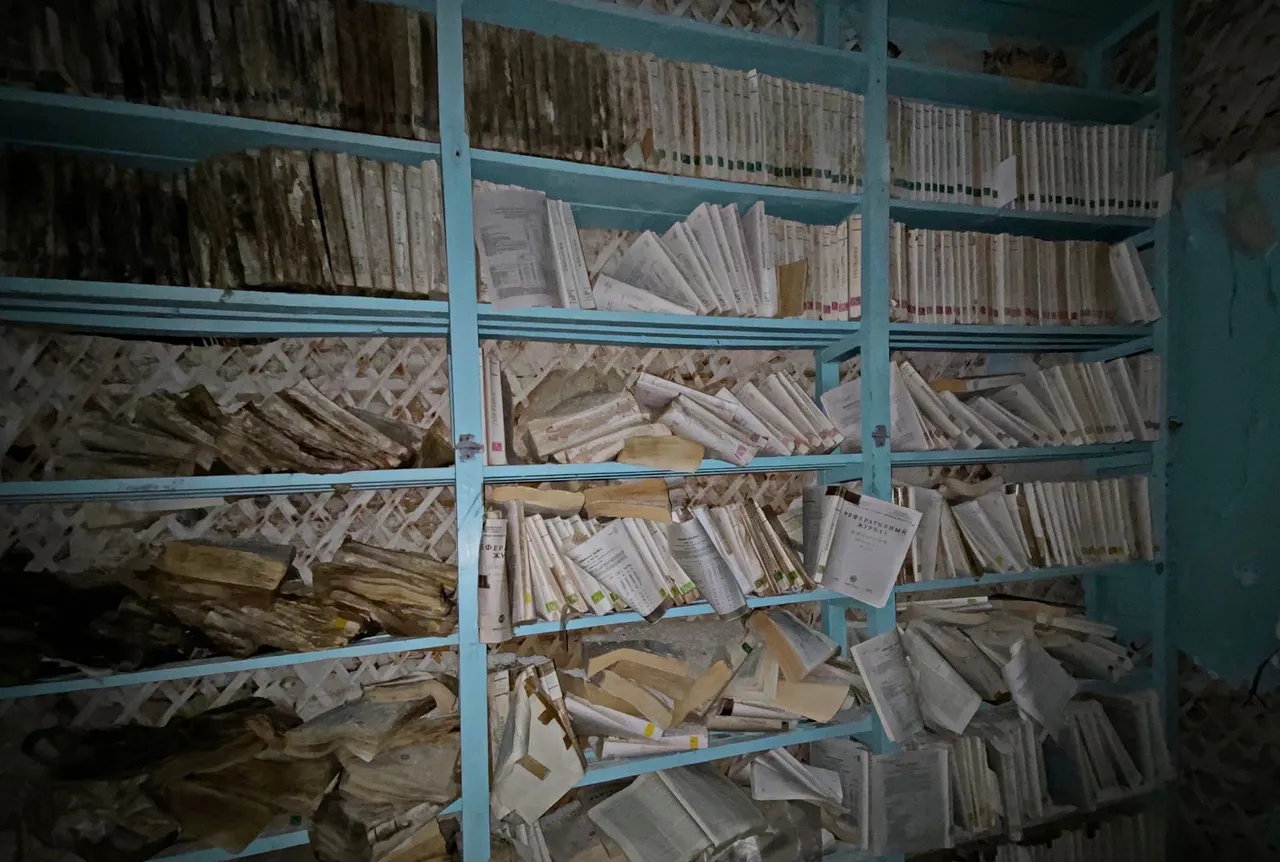
A lot of archival documents have been preserved, mainly descriptions of the experiments carried out. I didn't read any of it. As far as I know, in addition to crabs, these guys released a lot of strangers into local waters, some survived, some did not. They also conducted experiments here on the influence of the polar climate on metals. And they resettled marine life in pools with fresh water, which are located in the basement.
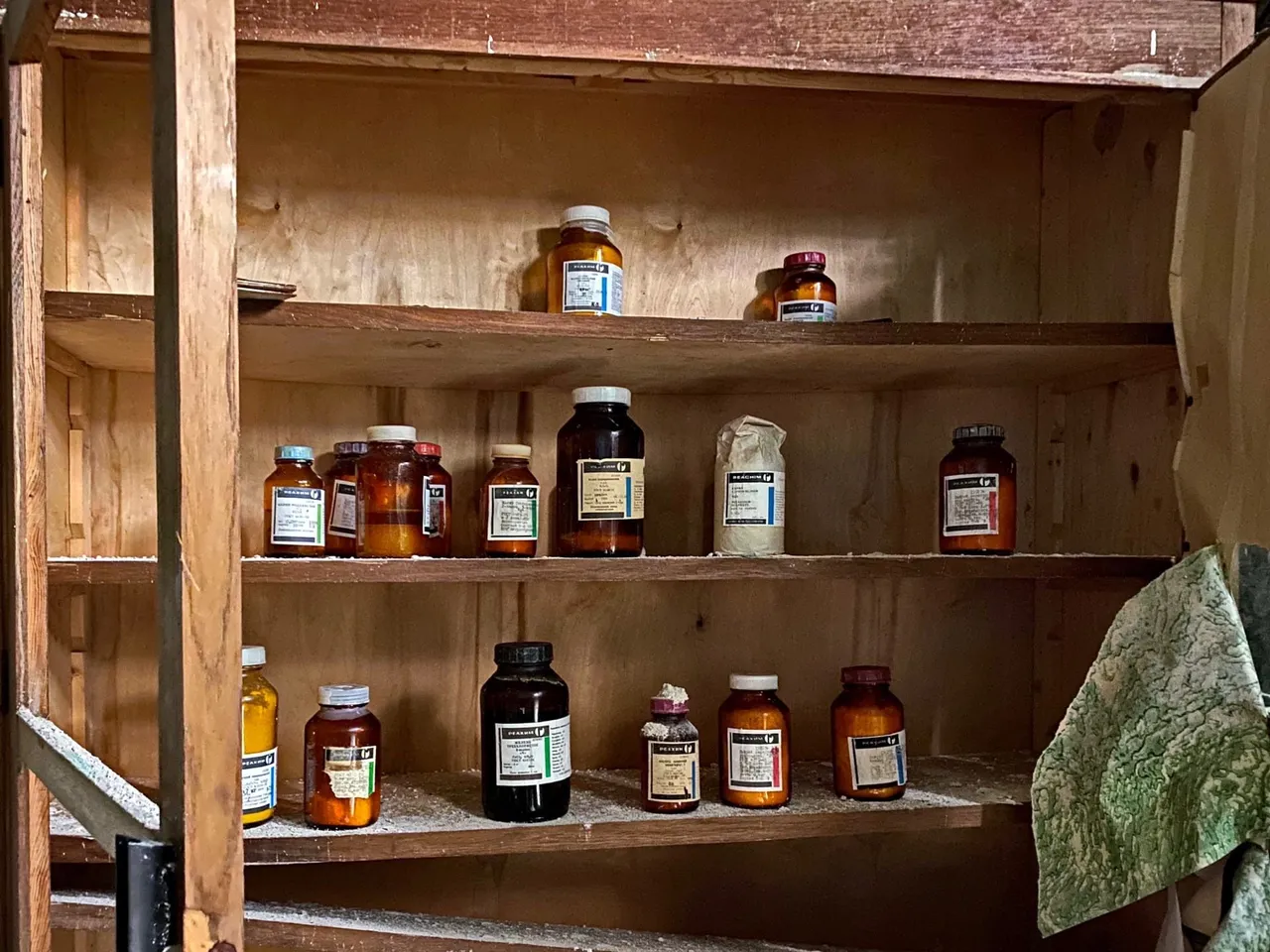
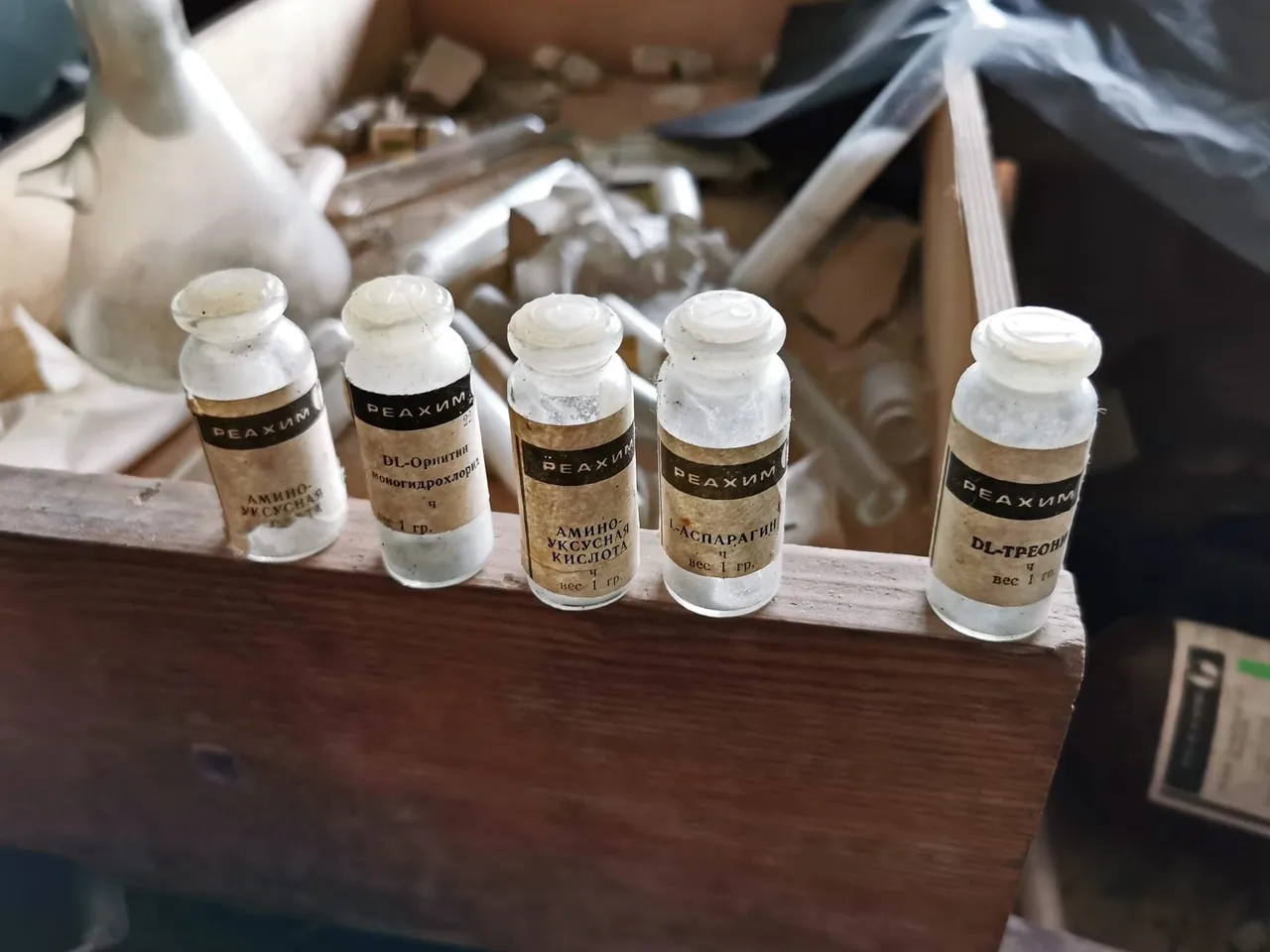
There are a lot of chemicals, mainly acids. I think that's why the locals didn't dare to take them. I also didn't come close, taking into account the critical storage conditions and unknown expiration date.
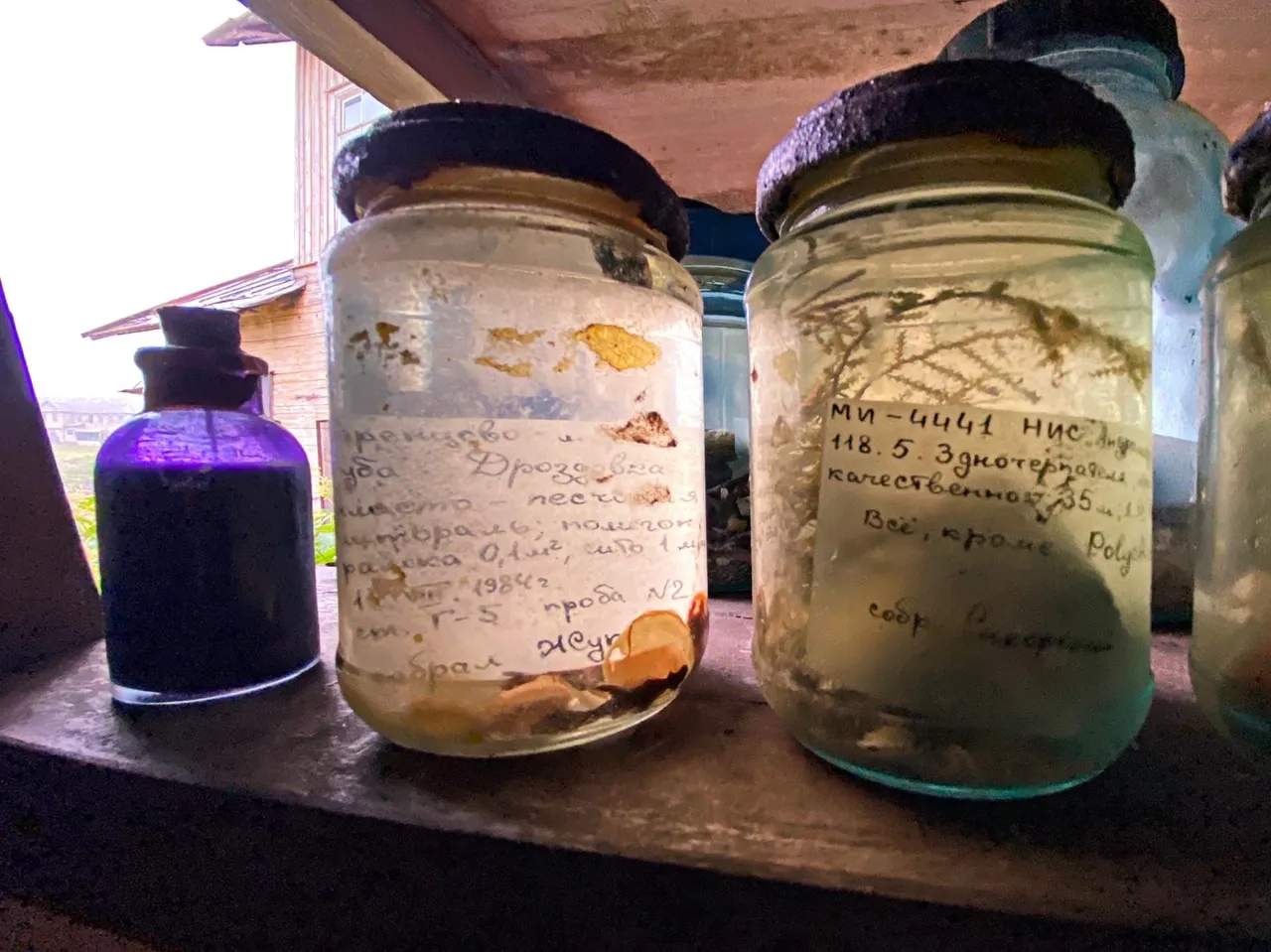
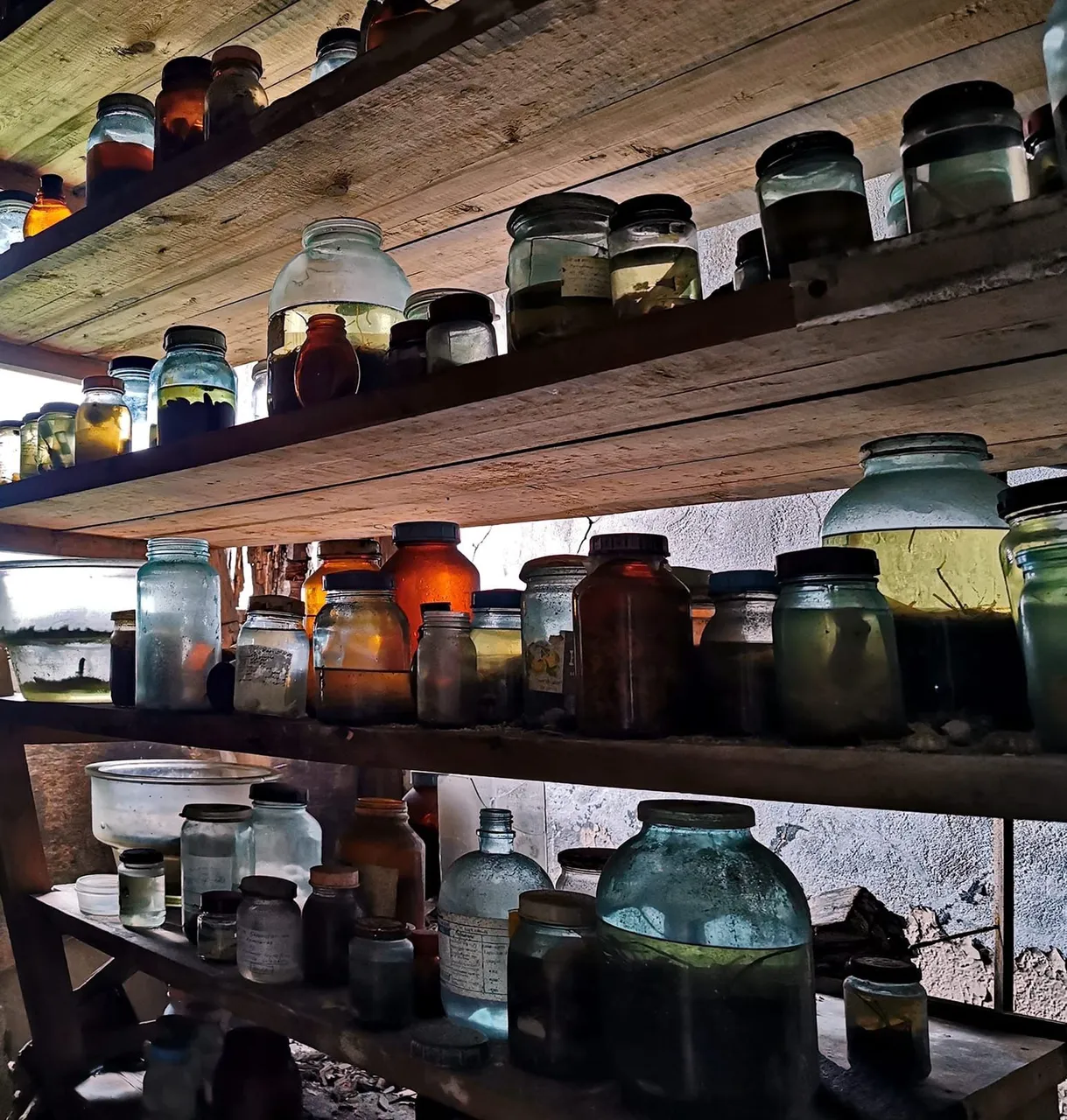
In the annex with access to the street, I found many samples in formalin, mostly small shells and starfish. In most cans, the contents simply turned into an unidentifiable jelly.
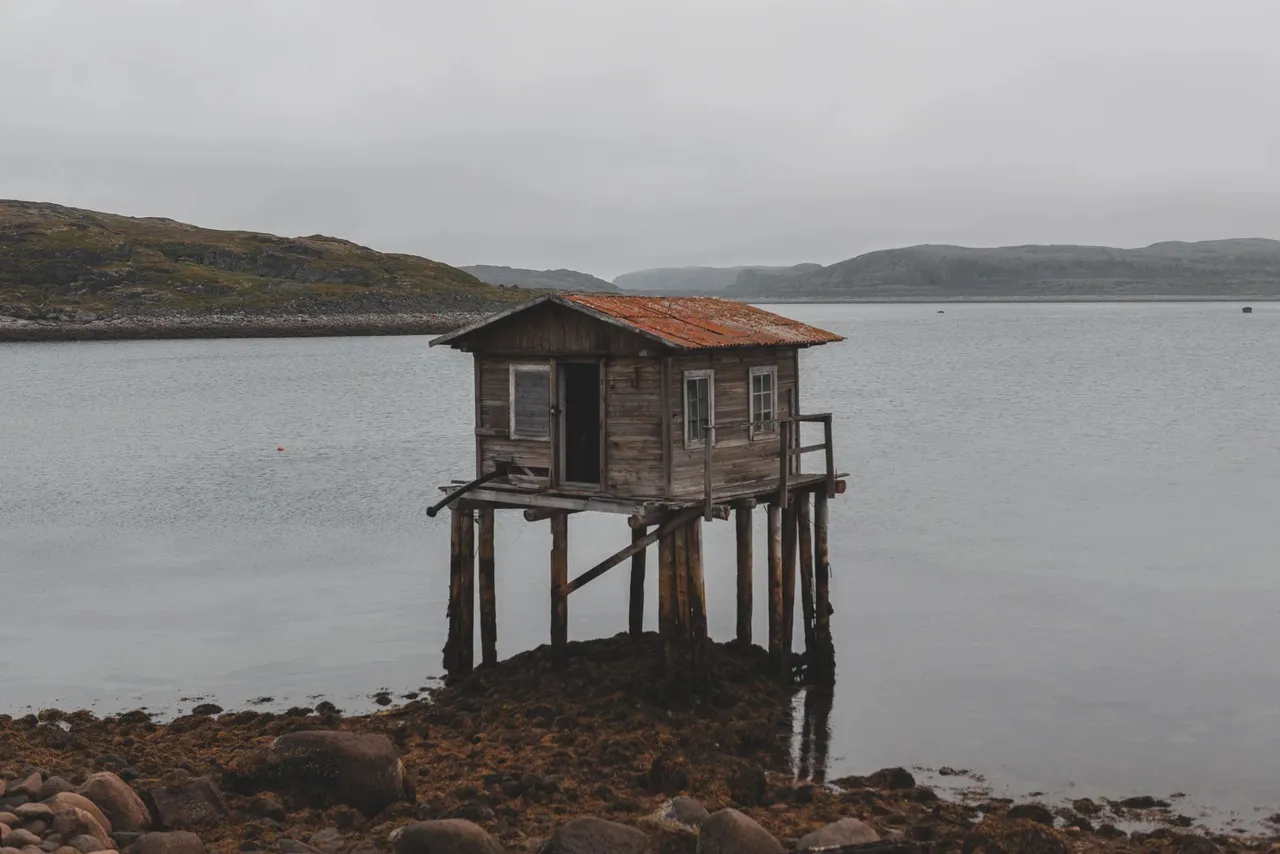
And this strange house on stilts becomes accessible at high tide. More precisely, it was once available, the passage to it has long been swept into the sea. This was the end of my research, I didn't try my luck and climb to the second and third floors, although I was sure that they store even more treasures.
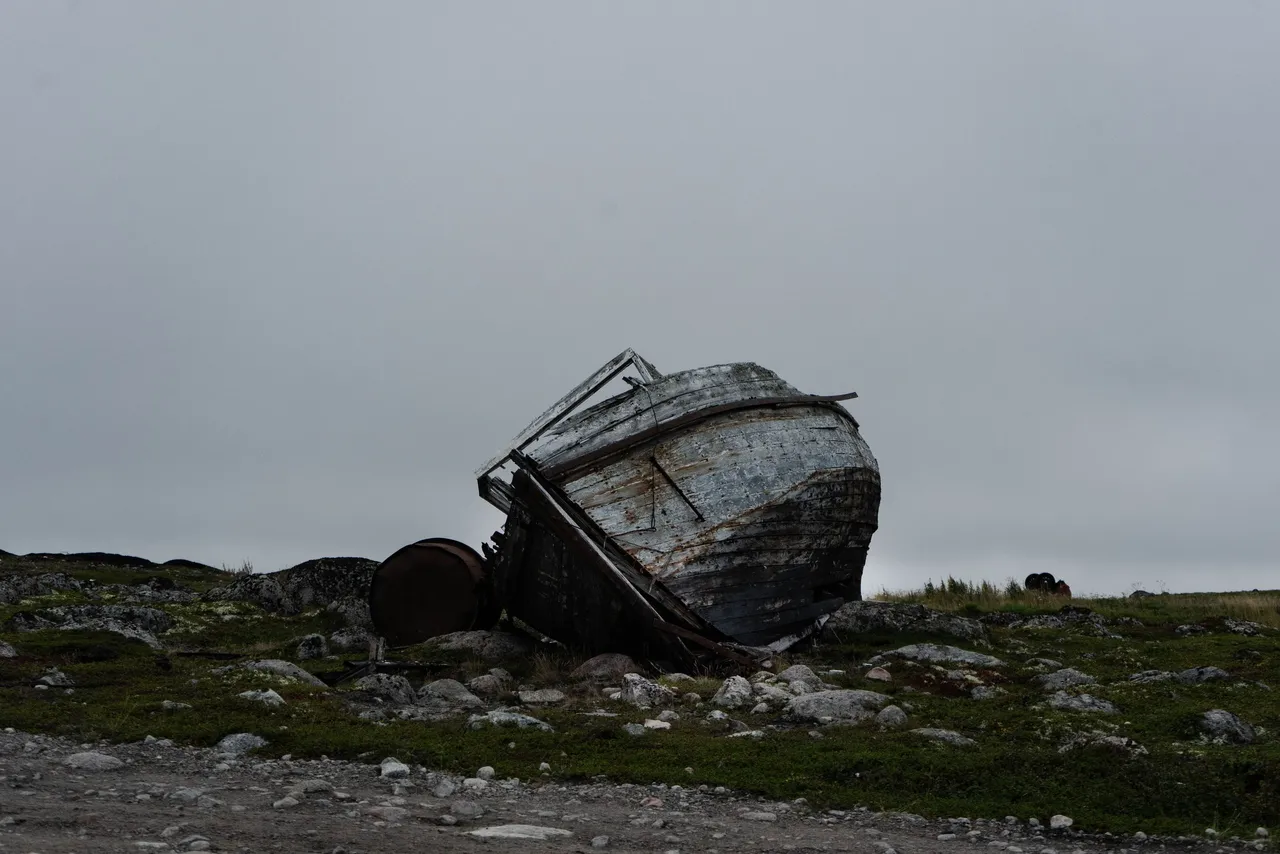
Despite the almost complete abandonment of the settlement, being in it does not cause sadness, rather a slight melancholy (this is one of the most frequent moods of any northerner). As always, it is a little frightening and fascinating to see how nature and climate grind human epochs. All these houses are artifacts of human presence from different times. And sooner or later, even a brand-new diving center made of modern composites will join the first Norwegian buildings.
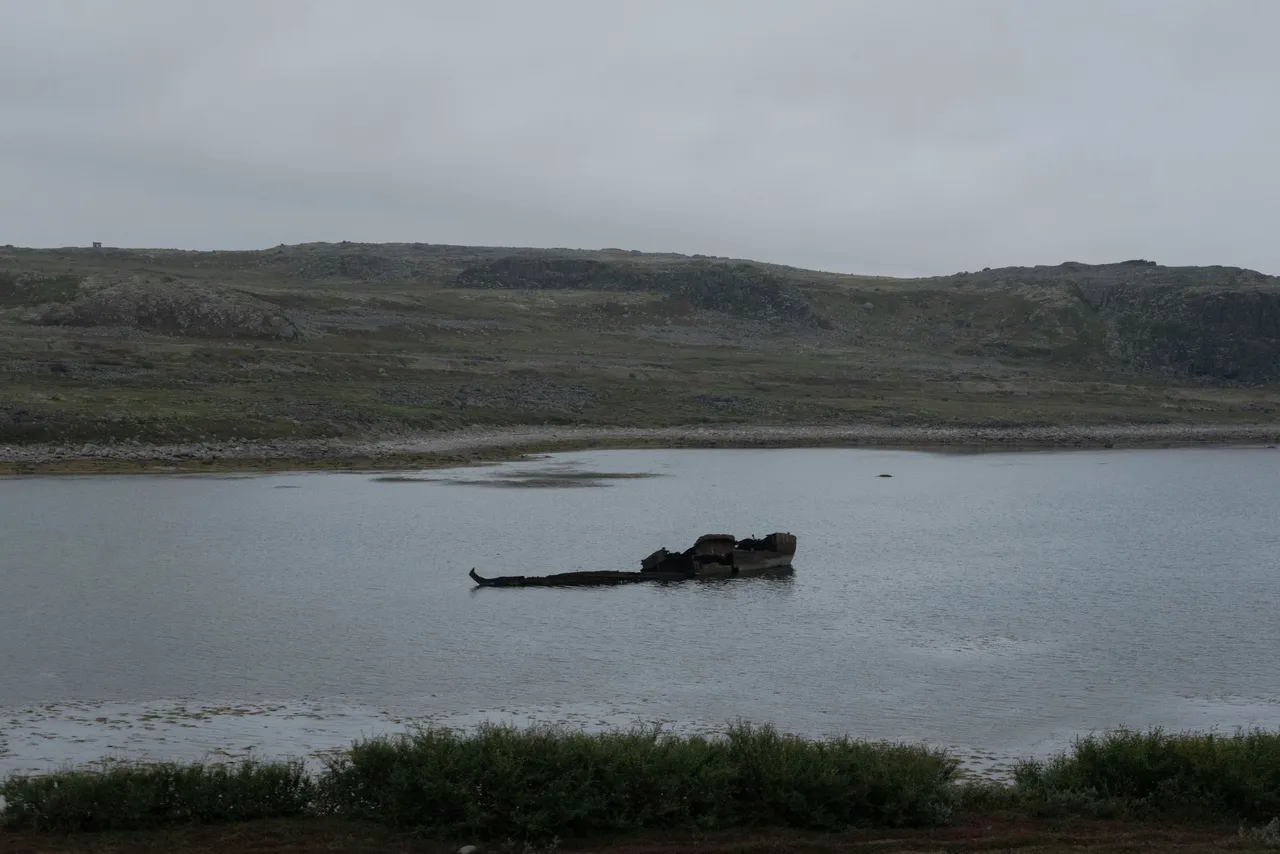
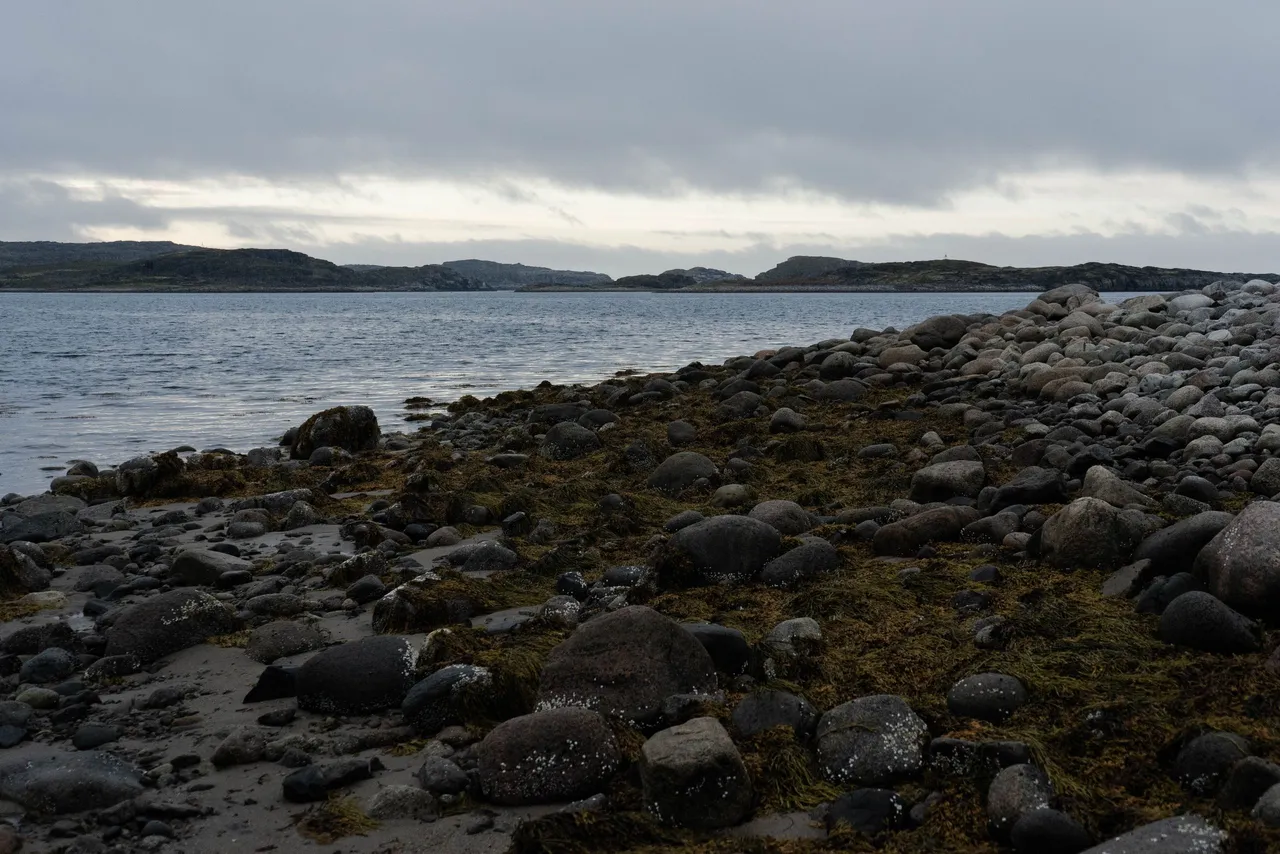
And as it often happens, looking at wooden skeletons, you think about for what and why people try to live here, of their own free will. But then you look around, the works of human hands disappear from sight, and you are left alone with nature.
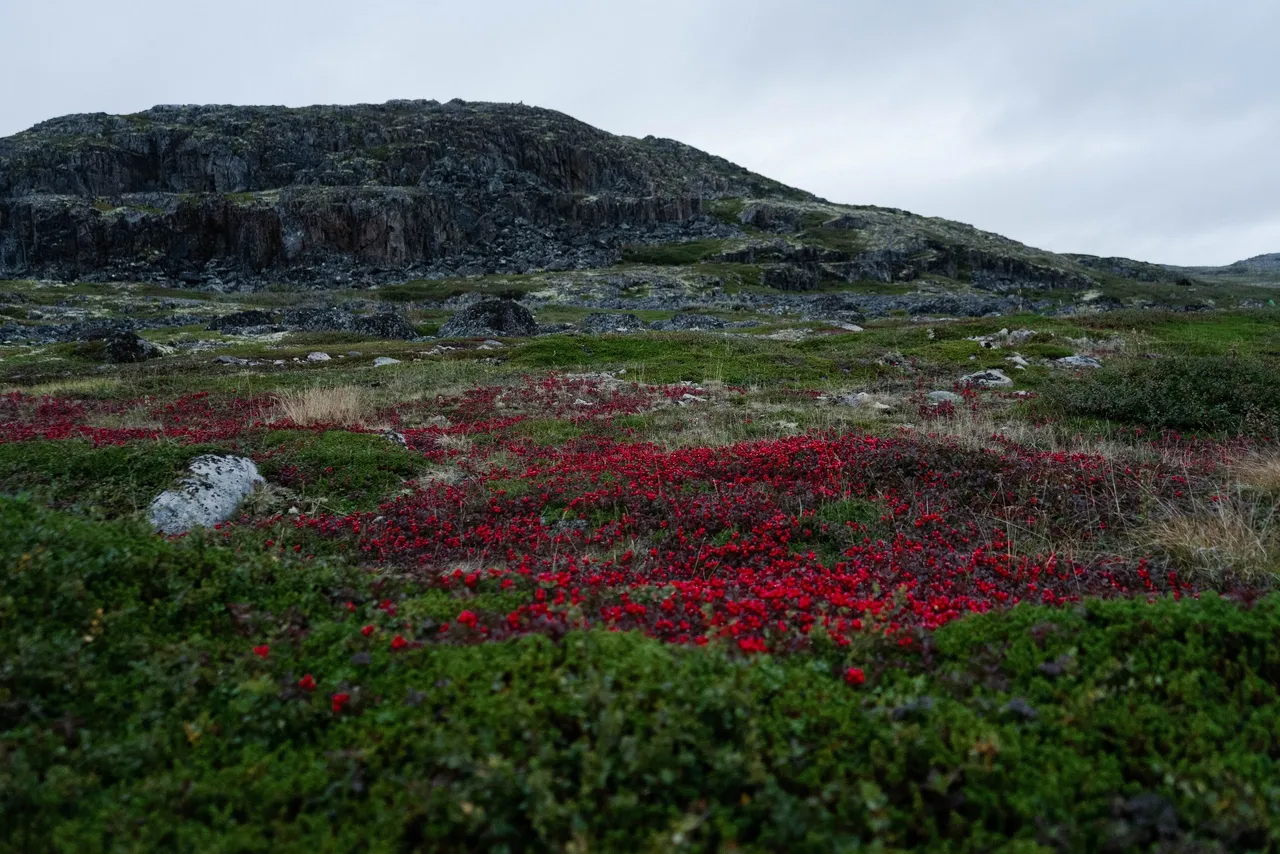
Perhaps everyone can find something here for themselves to stay...
